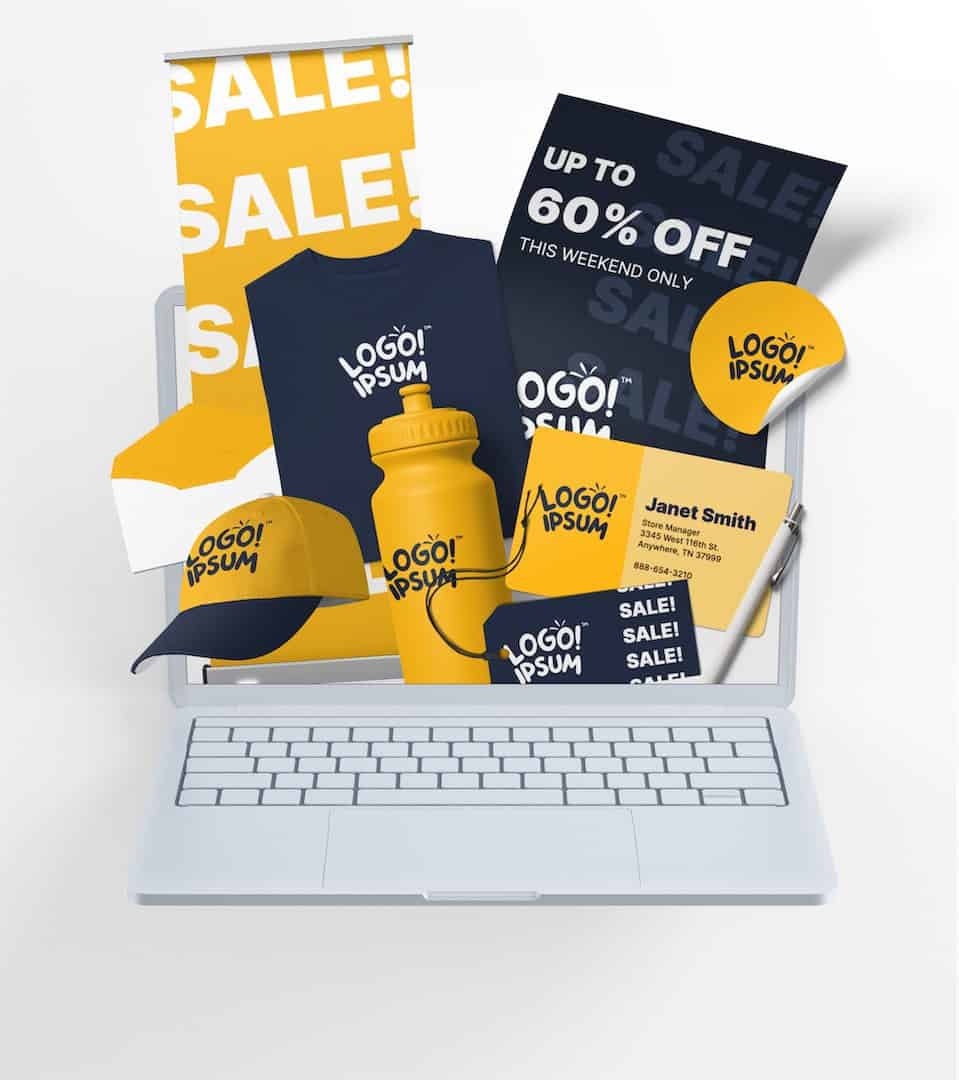In the ever-evolving landscape of marketing, one trend has always stood out for its effectiveness and relevance: personalization. At L&R, we have witnessed firsthand the transformative power of personalized marketing. This blog explores the concept of personalization, its benefits, and how businesses can leverage it to enhance customer engagement and drive growth.
Understanding Personalization in Marketing
Personalization in marketing refers to tailoring messages, content, and experiences to individual customers based on their preferences, behaviors, and past interactions. This approach goes beyond simple segmentation, aiming to create unique experiences for each customer. With advancements in data analytics and technology, businesses can now achieve a high level of personalization that resonates deeply with their audience.
The Benefits of Personalization
1. Enhanced Customer Engagement
Personalized marketing captures the attention of customers by addressing their specific needs and interests. When customers receive content that is relevant to them, they are more likely to engage with it, leading to higher interaction rates and stronger relationships.
2. Improved Customer Experience
By tailoring experiences to individual preferences, businesses can create a seamless and enjoyable customer journey. This level of personalization fosters loyalty and encourages repeat business, as customers feel valued and understood.
3. Increased Conversion Rates
Personalized marketing messages are more effective in driving conversions. When customers see offers and recommendations that align with their interests, they are more likely to take action, resulting in higher conversion rates and increased sales.
4. Better ROI
Investing in personalization can yield significant returns. By targeting the right audience with the right message, businesses can optimize their marketing spend and achieve better results, ultimately leading to a higher return on investment (ROI).
How to Implement Personalization
1. Data Collection and Analysis
The foundation of effective personalization is data. Businesses need to collect and analyze customer data to understand preferences, behaviors, and patterns. This can include website interactions, purchase history, demographic information, and more. Tools like Customer Relationship Management (CRM) systems and analytics platforms are essential for this process.
2. Segmentation and Targeting
Once data is collected, the next step is segmentation. Group customers based on similar characteristics or behaviors to create targeted marketing campaigns. Advanced segmentation can lead to more precise personalization, making each message more relevant to the recipient.
3. Customized Content
Create content that speaks directly to each segment or individual customer. This can include personalized emails, targeted ads, product recommendations, and even customized landing pages. The key is to make the customer feel like the message is crafted specifically for them.
4. Continuous Optimization
Personalization is an ongoing process. Continuously monitor the performance of personalized campaigns, gather feedback, and make adjustments as needed. A/B testing and analytics are crucial for understanding what works and what doesn’t, allowing for continuous improvement.
Conclusion
At L&R, we understand the value of personalization and help our clients harness its power through innovative print and digital solutions. We’ve developed solutions that offer opportunities for marketers to incorporate customization and personalization independently or lean on our team of experts to support their efforts.
But whether marketers incorporate technology solutions into their work, or partner with a company like us, personalization is no longer a luxury but a necessity in today’s competitive marketing landscape. By delivering tailored experiences, businesses can enhance customer engagement, improve the customer experience, increase conversion rates, and achieve better ROI.



